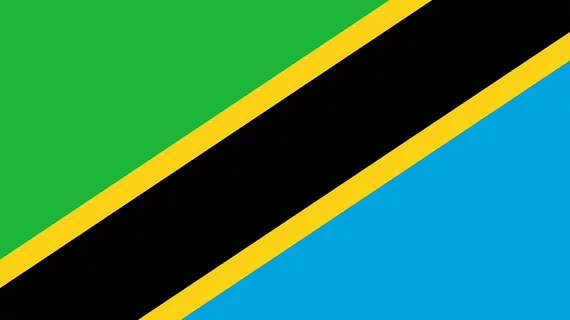Yale launches program to train first generation of IR physicians, techs in Tanzania
A Yale-led effort to implement a self-sustaining interventional radiology (IR) program in Tanzania will send dozens of physicians, nurses and technologists to the country each year to train radiology residents and lay the groundwork for a competency-based IR curriculum.
The project is headed by Frank J. Minja, MD, an assistant professor of radiology and biomedical imaging at Yale. Minja, who recently spearheaded the implementation of a PACS in his home country of Tanzania, said in a release that “the need for IR in a country like Tanzania couldn’t be greater.”
Late last year, Minja and a pair of his colleagues traveled to Muhimbili National Hospital in Dar es Salaam, where an IR readiness assessment found the country had the majority of what it needed, barring trainers.
“The technology is there,” Minja said. “Hospitals have CT scanners. They have ultrasound machines. They have fluoroscopy, angiography and MRI machines. Adoption and use of interventional radiology simply helps them get much more use out of the equipment and infrastructure they already have.”
Minja said training hospital staff to use IR tech will help doctors improve their practice, as well as increase the volume and quality of care they can provide. Hospitals benefit, too, he said, because more efficient work means a greater return on investment from capital expenditures—especially when the cost of training radiologists is offset by cost savings from decreased hospitalizations and fewer clinical complications.
The program is expected to last three years, according to the release. Minja and his team are working with the Yale School of Nursing and RAD-AID to build interventional radiology teams consisting of at least one physician, one technologist and one nurse.
“From the start, we want to simulate and emphasize the multidisciplinary nature of IR, and the urgent need to also train the nurses and IR technologists who will assist the Tanzanian IR physicians,” Minja said. “Therefore, assembling multidisciplinary training teams is essential.”
He said one of the greatest benefits of training new physicians in Tanzania is that locals can immediately benefit from international radiology services rather than waiting for doctors to complete their training overseas.
“Most of the world’s population does not have any access to the incredible benefits of IR,” he said. “Our IR readiness assessment in Tanzania found that the key remaining gap is the lack of IR training opportunities. We have an amazing opportunity to immediately begin in-country training of the first generation of Tanzanian IR physicians, nurses and technologists.”

